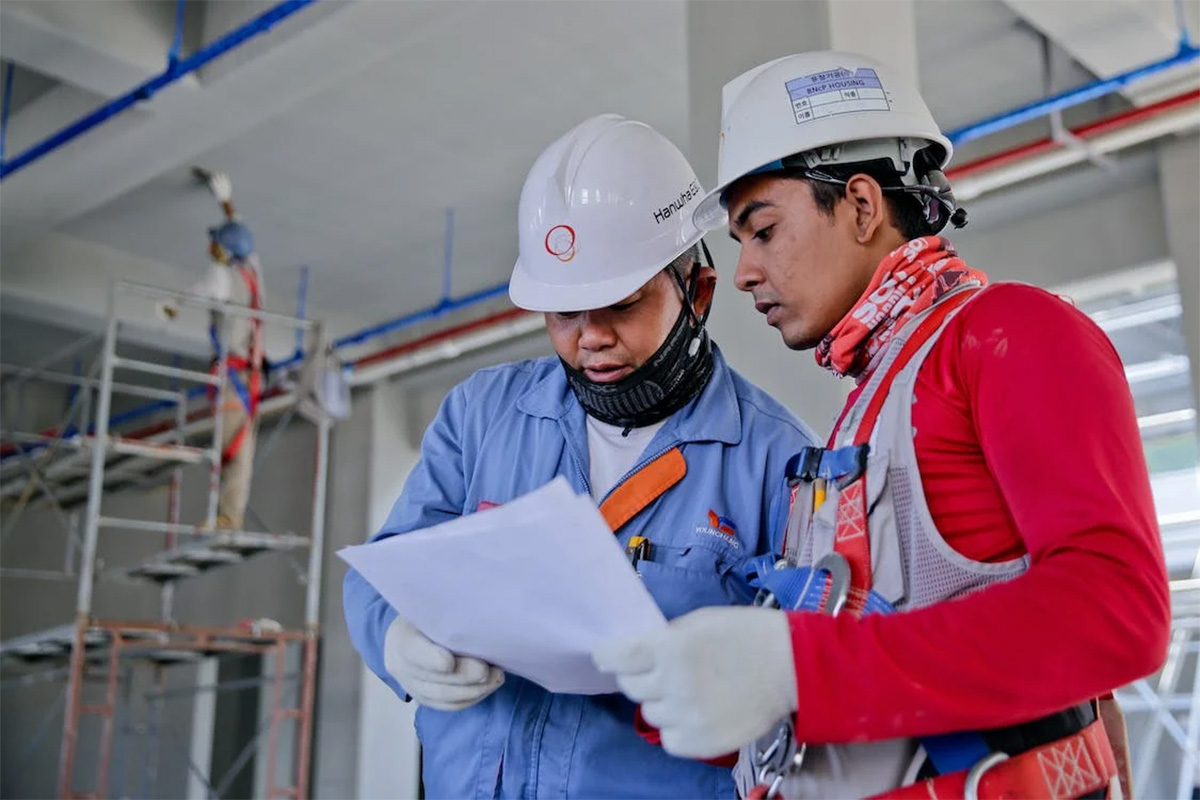
Creating A Safe Construction Site Can Save Money In The Long Run
Many construction companies view laws mandating safety on job sites as a necessary investment with no return. A better way to view the expense in creating a safe work environment is to consider the costs that occur when safety nets are not in place.
For example, construction site injuries can account for six to nine percent of a project’s costs. But when construction companies invest in safe, healthy environments, those injury costs lower to 2.5 percent. In addition, increased training, frequent inspections, and meetings covering on-the-job health and safety measures result in fewer injuries and expenses linked to time out due to injury recover and health problems.
Some construction managers view the insurance they’ve purchased and safety manuals as all that’s necessary to protect their workers. However, studies show that when companies invest in safety programs, workplace injuries decrease, as does an employee’s time needed off the job in order to heal. Time off means extended time needed for projects to be finished, which in the long run increases costs in pay, equipment and other necessary essentials required to get a job done.
means extended time needed for projects to be finished, which in the long run increases costs in pay, equipment and other necessary essentials required to get a job done.
Unfortunately, even those companies who do invest in safety programs often cut these measures when work is slow. The mindset is that this is an unnecessary expense that is the first on the chopping block when money is tight. This is short sighted thinking since a workplace injury can have long reaching financial repercussions.
For example, according to constructionbusinessowner.com, 30 million workers die in the United States each year from workplace injuries. Another 50,000 employees die every year due to occupational illnesses related to hazard exposures. Add to this, over six million U.S. workers suffer non-fatal workplace injuries that cost businesses $128 billion each year. In other words, out of every dollar of pre-tax corporate profits, a company can expect to pay out 25 cents in job-related injuries and illnesses. When viewed from that perspective, spending money on an extensive safety and health program is a good investment that can lower costs over the long term.
Of course, all companies carry workplace insurance, but payouts depend on what is covered in individual policies. Some costs often not covered by insurance include lost time, sick pay, damage or loss of product and materials, costs incurred from failure to keep to the schedule, plus the extra wages needed for overtime and temporary labor, investigation time and expenses, potential OSHA fines, lost of contracts, legal costs, loss of a company’s reputation, and so on. These expenses can cost more than that incurred investing in a safety and health program.
Another way to look at the price of a safety and health program is that it is an investment in a company’s employees. Workers are a company’s greatest asset and having a safety and health program in place not only protects them, but it can also boost morale and build trust. A company can also get its workers involved in the process by forming a safety committee where their suggestions are valued. This makes employees feel invested in the process and their feedback can prove invaluable by making construction managers aware of issues before they happen. Encouraging workers to speak up about potential issues is empowering to them and cost effective for the company. And in the long run, a safety and health program can lower insurance costs and give construction companies a competitive edge.
Here at Imburgia Consulting, we can help guide your construction company on the best ways to put a valuable safety and health program in place.
